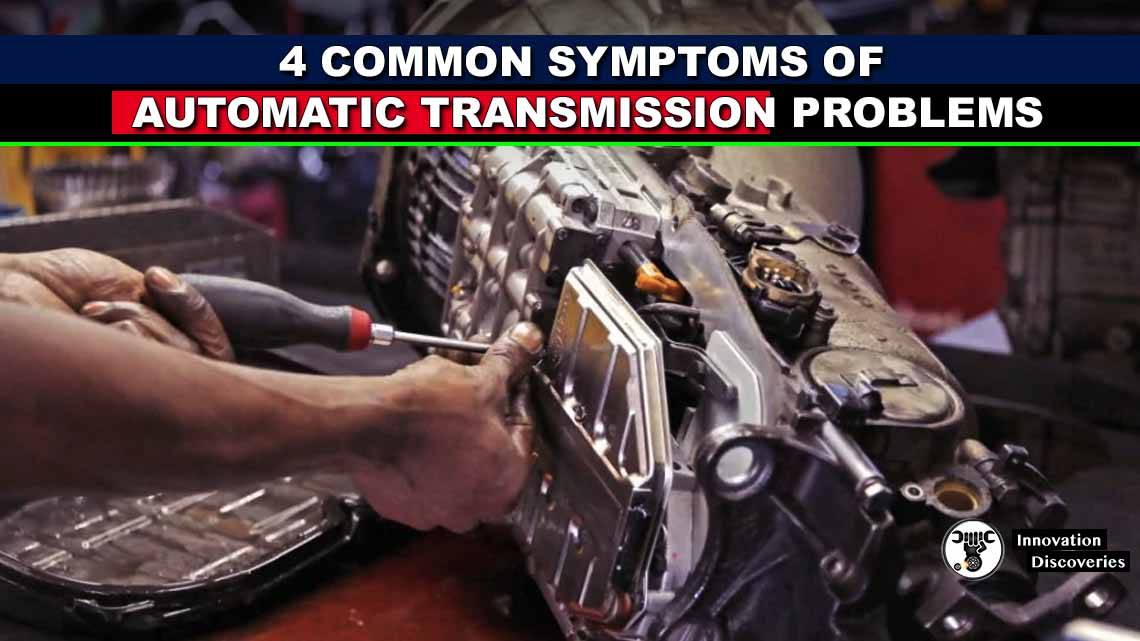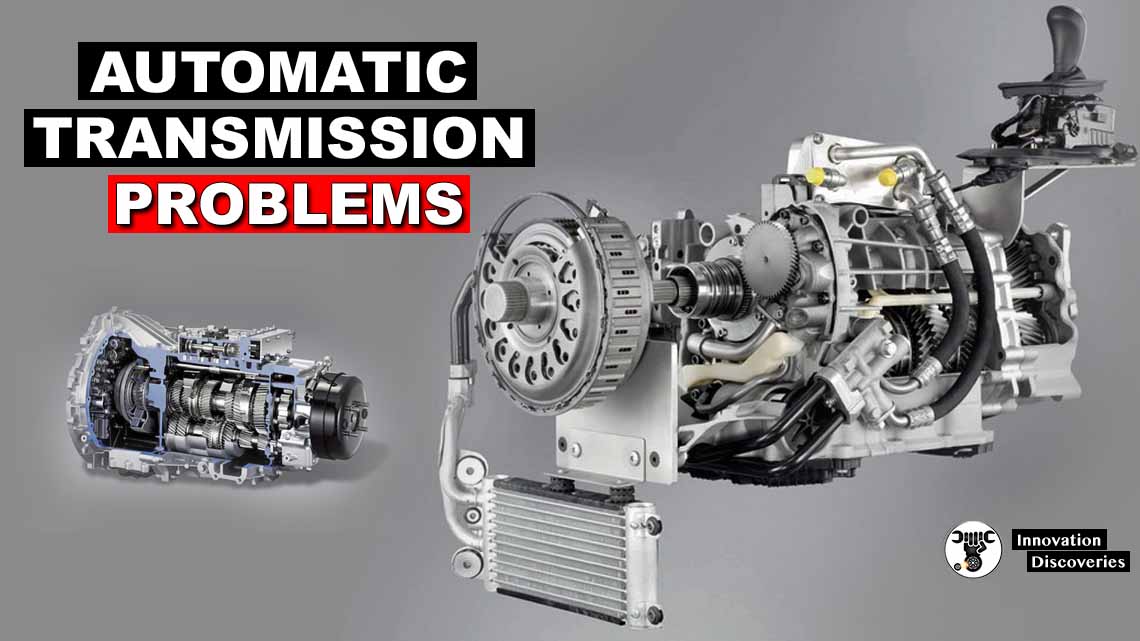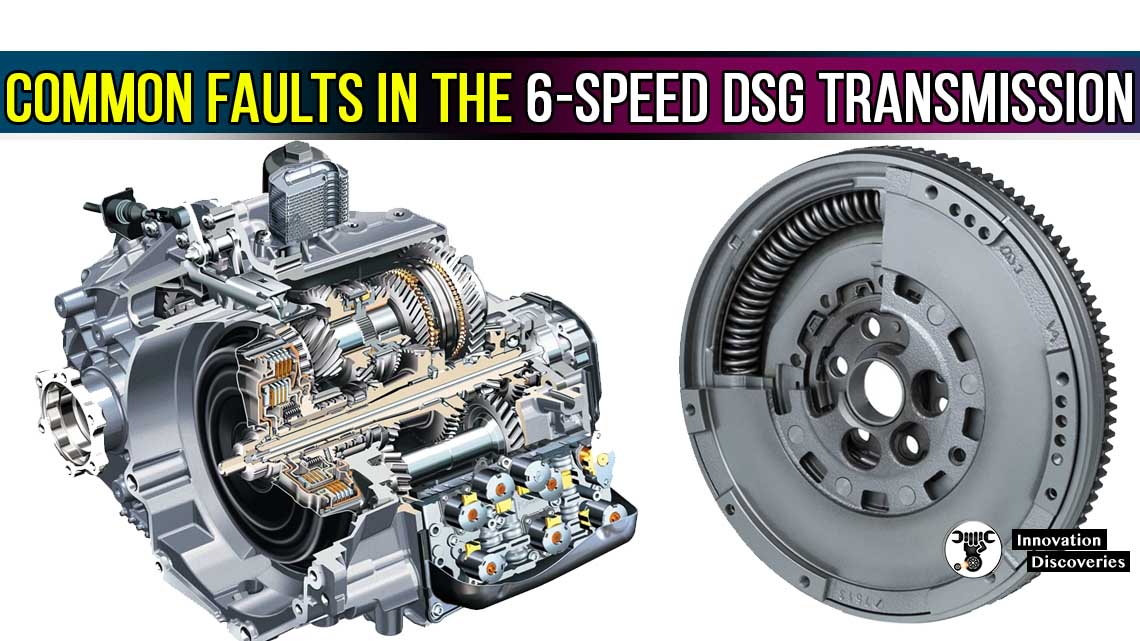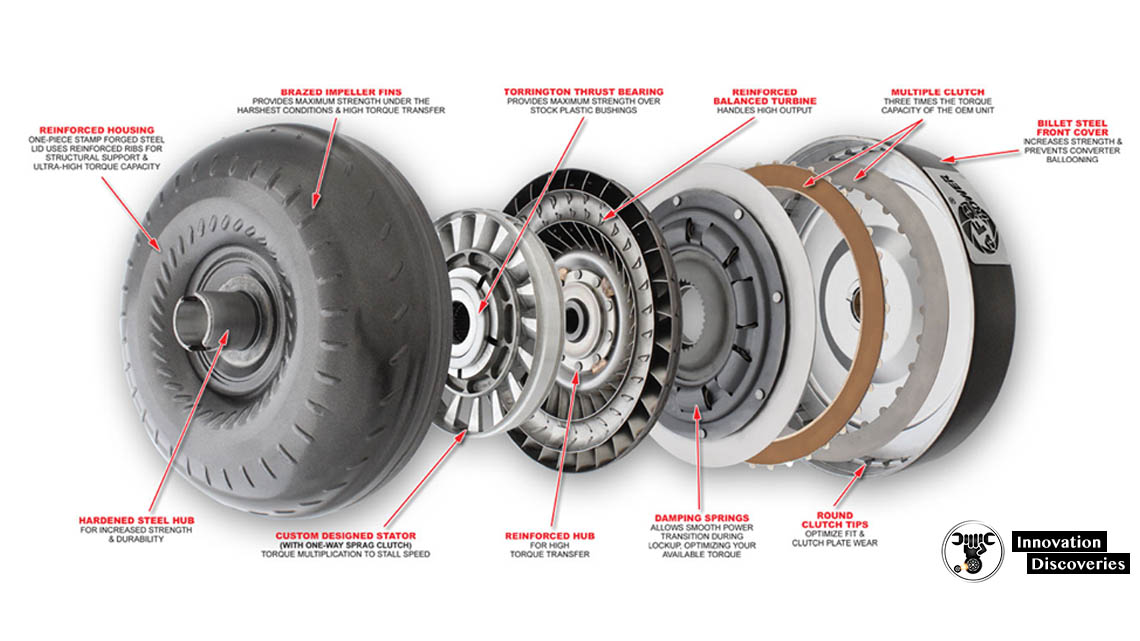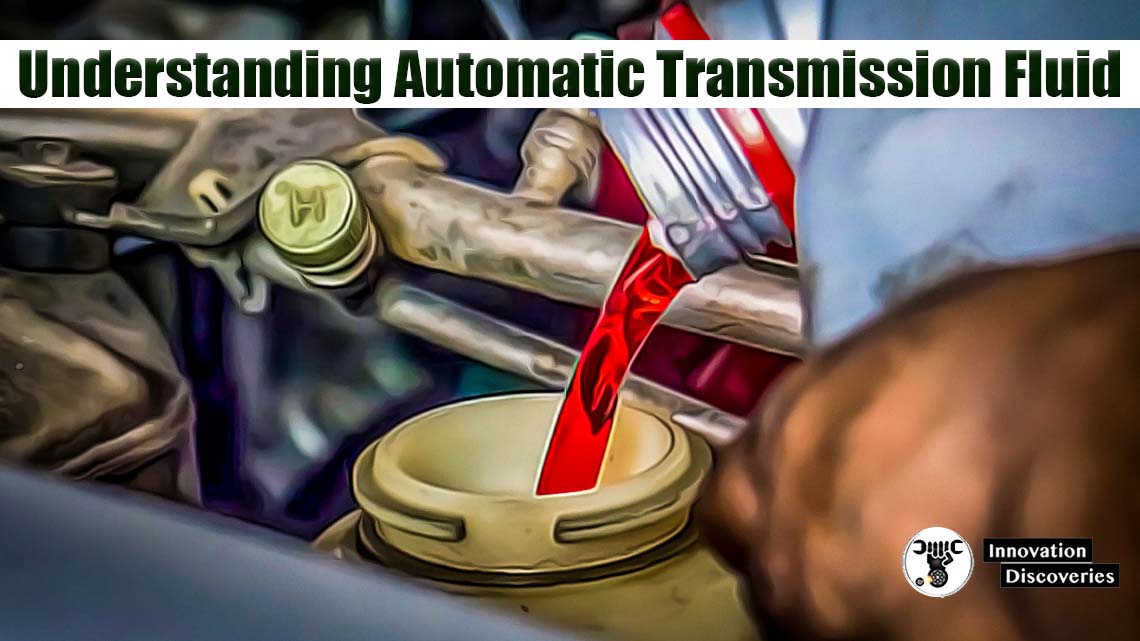
Introduction
In the complex world of modern automotive engineering, automatic transmissions play a pivotal role in delivering a smooth and seamless driving experience.
These ingenious devices utilize a specialized fluid called Automatic Transmission Fluid (ATF) to ensure the smooth operation, longevity, and efficiency of the transmission system.
In this article, we will delve into the significance of ATF, its functions, and the importance of proper maintenance to keep your vehicle running at its best.
The Role of Automatic Transmission Fluid (ATF)
ATF is the unsung hero that operates silently behind the scenes, supporting the functioning of automatic transmissions. Unlike manual transmissions that rely on the driver to engage gears, automatic transmissions do all the work for you, shifting gears effortlessly as you drive.
This magic is made possible by ATF, which performs the following critical functions:
1. Lubrication:
The transmission system comprises numerous intricate moving parts that mesh and interact continuously. ATF acts as a lubricant, reducing friction between these components, which helps minimize wear and tear. Proper lubrication also ensures a longer lifespan for the transmission and reduces the chances of costly repairs.
2. Cooling:
As the transmission works, it generates heat due to friction and fluid friction. Overheating can lead to transmission failure, so ATF plays a vital role in dissipating the heat and keeping the transmission operating within the optimal temperature range.
3. Transmission Operation:
The ATF is responsible for transferring power and torque from the engine to the wheels through various gears and components. This transfer of power is vital for the vehicle’s acceleration and overall performance.
4. Gear Shifting:
Smooth gear shifting is one of the hallmark features of an automatic transmission. ATF’s specific properties allow for seamless and precise gear changes, ensuring a comfortable driving experience for passengers.
Choosing the Right ATF
Different vehicles and transmissions require specific types of ATF, each formulated with unique additives and properties. Using the wrong ATF can lead to transmission malfunctions and serious damage.
It is crucial to consult your vehicle’s owner’s manual or a certified mechanic to identify the correct ATF type for your particular make and model.
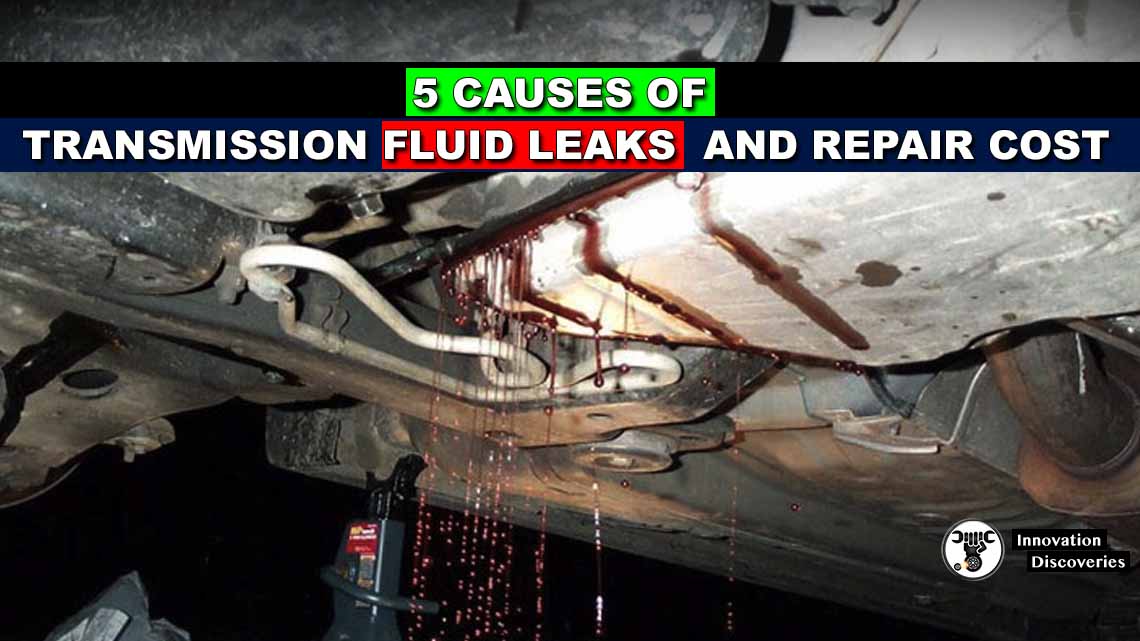
Performing Regular ATF Maintenance
To keep your transmission performing optimally and avoid expensive repairs, adhering to regular ATF maintenance is essential.
Here are some key maintenance tips:
1. ATF Change Intervals:
ATF degrades over time due to heat, contaminants, and age. Manufacturers provide recommended ATF change intervals, typically ranging from 30,000 to 60,000 miles (48,000 to 96,000 kilometers). Following these guidelines ensures that your transmission is always protected by fresh and effective fluid.
2. ATF Level Checks:
Regularly check the ATF level to ensure it is within the recommended range. Low ATF levels can lead to transmission slipping and other performance issues, while overfilling can also cause problems. Refer to your owner’s manual for the correct procedure to check ATF levels.
3. Visual Inspection:
Periodically inspect the ATF’s color and condition. Healthy ATF should have a reddish hue and a transparent appearance. If the fluid appears dark, murky, or emits a burnt odor, it may be time for a replacement.
Conclusion
Automatic Transmission Fluid (ATF) is an unsung hero in the world of automotive engineering. Its critical role in lubrication, cooling, transmission operation, and gear shifting is vital for the smooth functioning and longevity of automatic transmissions.
By choosing the right ATF and performing regular maintenance, you can ensure that your vehicle’s transmission continues to provide a seamless driving experience for years to come.
Remember, proper care of your ATF is a small investment that pays substantial dividends in the form of a reliable and efficient vehicle.
See More:
- 4 Common Symptoms of Automatic Transmission Problems
- How To Do Automatic Transmission Service Yourself?
- Automatic Transmission Valve Body Functions And Failure Symptoms
- Detecting 6 Common Automatic Transmission Problems
- Continuously Variable Transmission : Advantages and Disadvantages
Visit Forum
Visit Our Friendly Website



